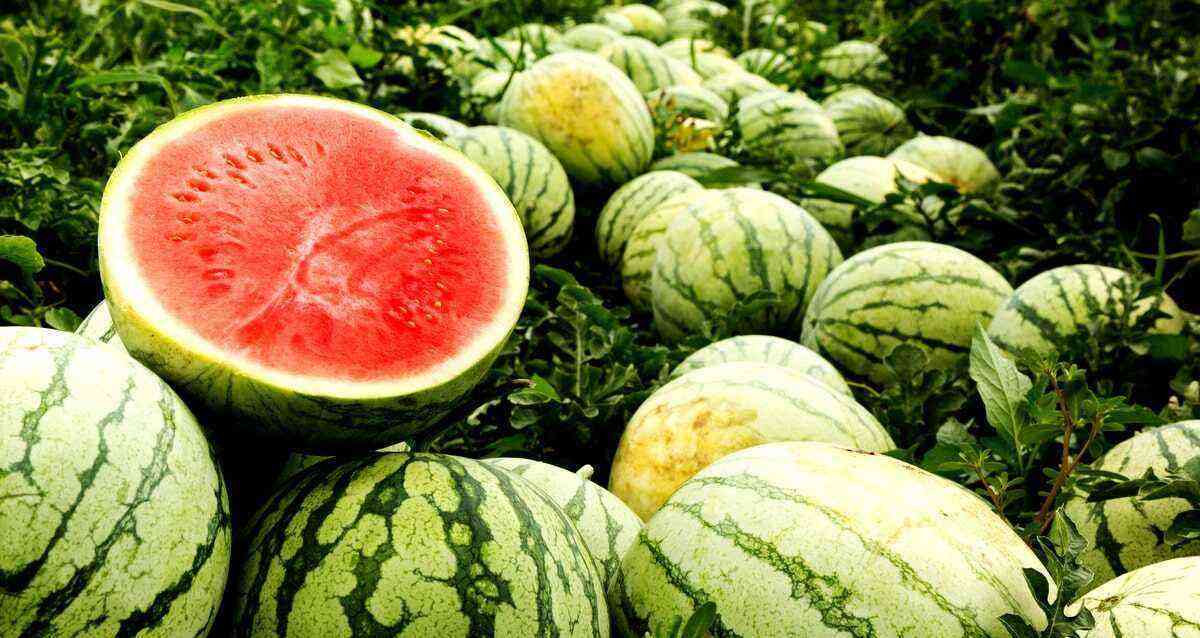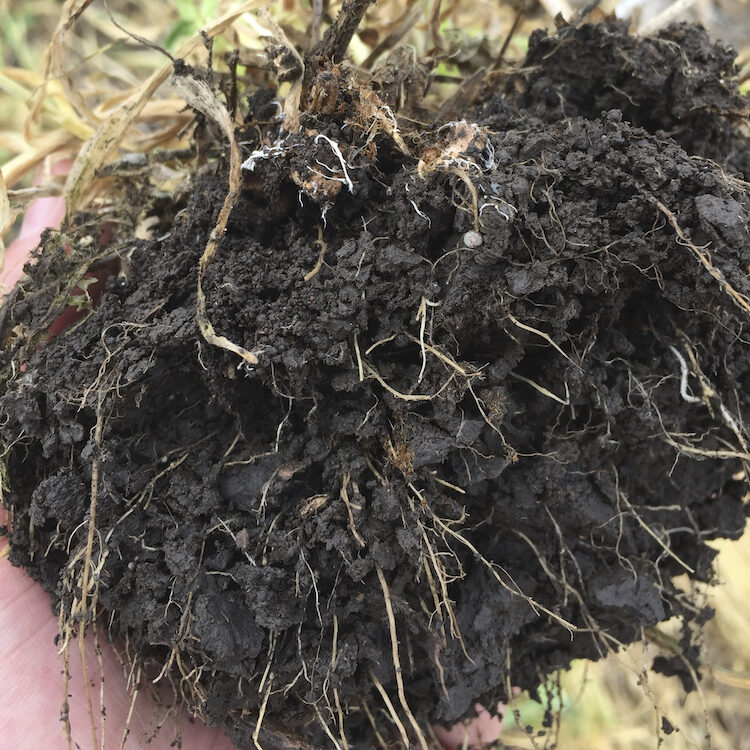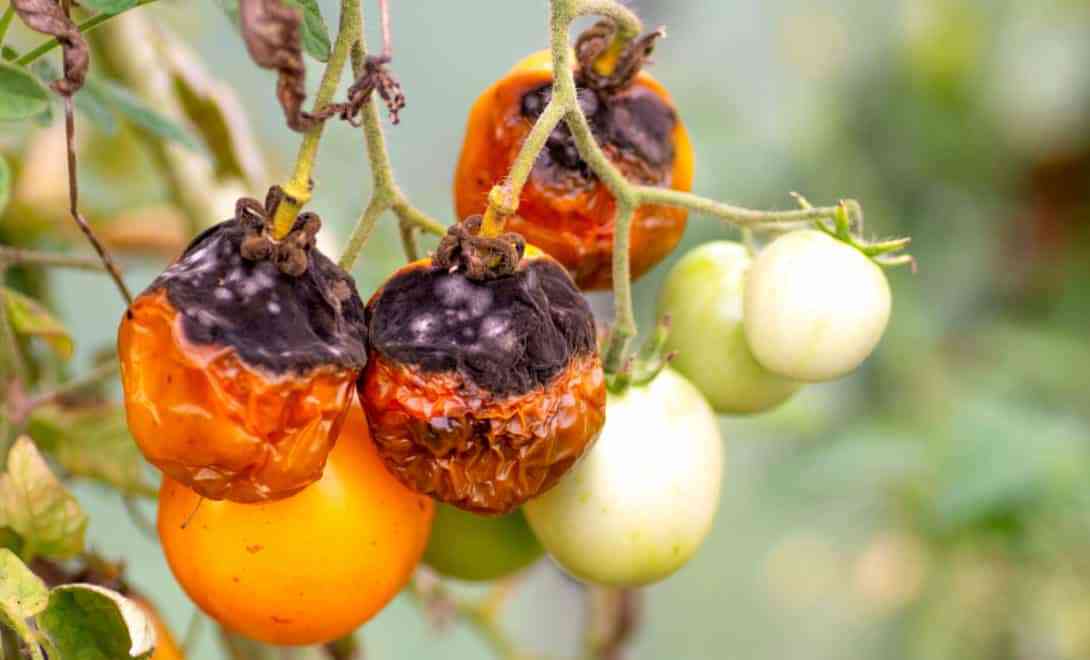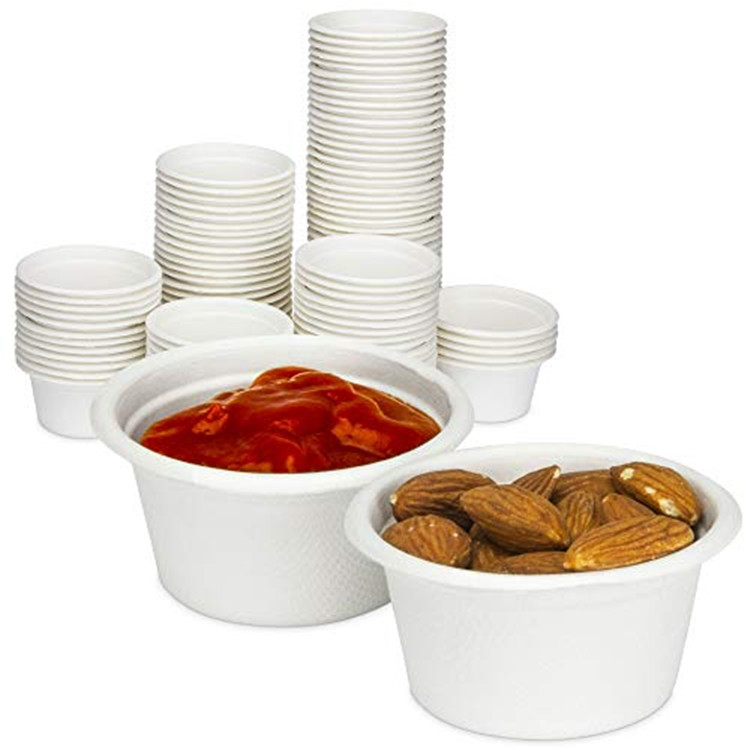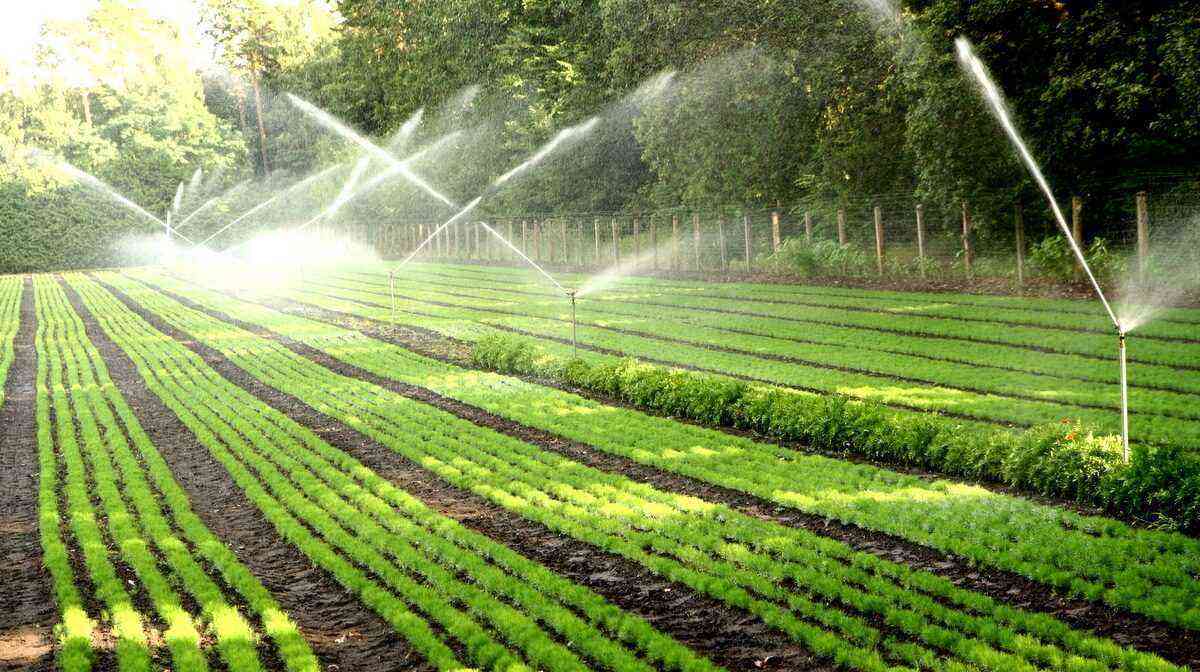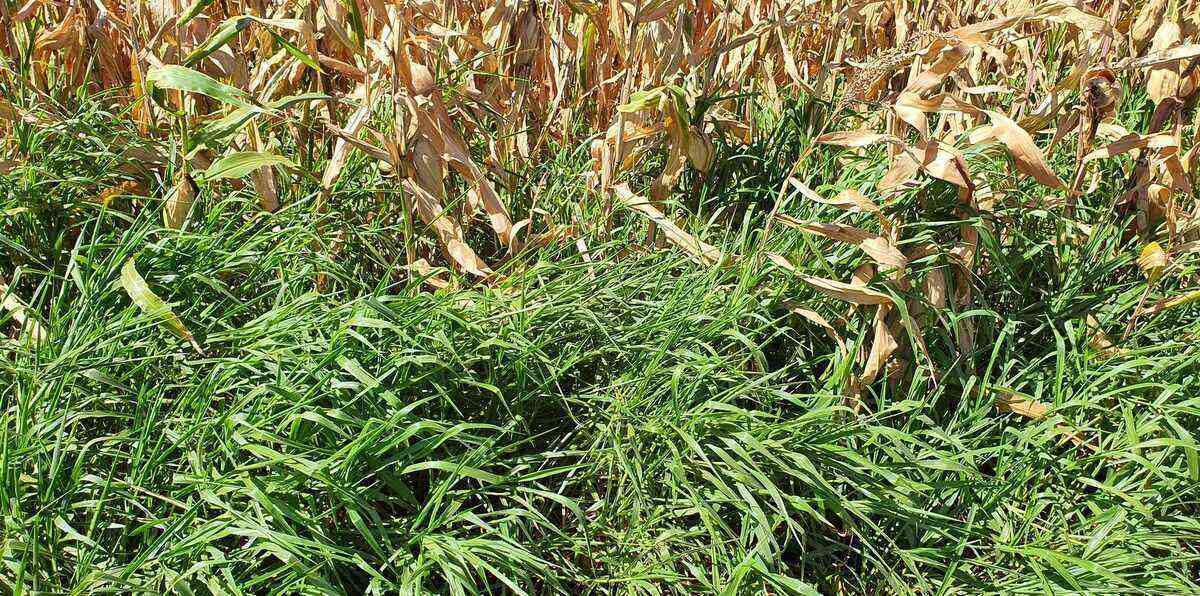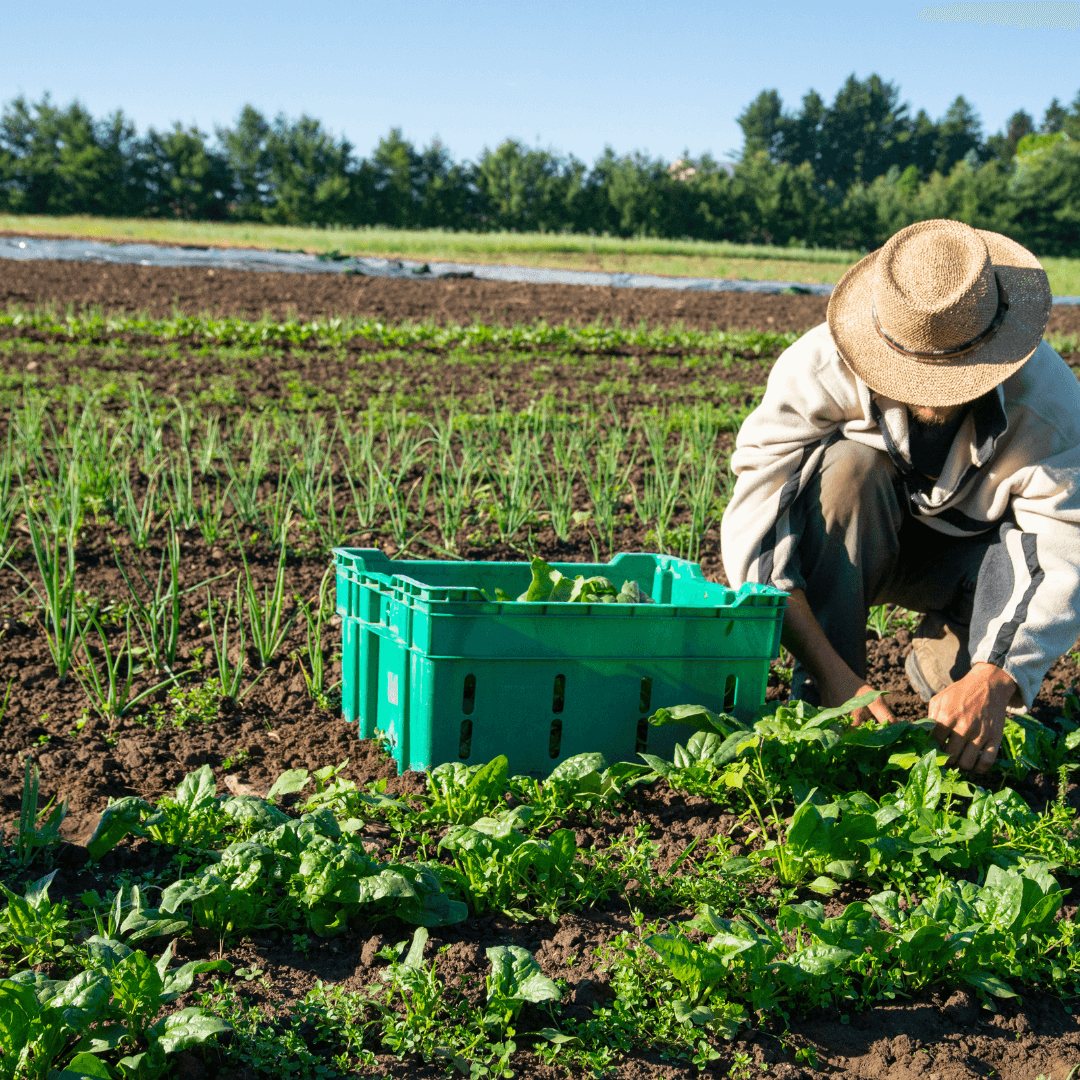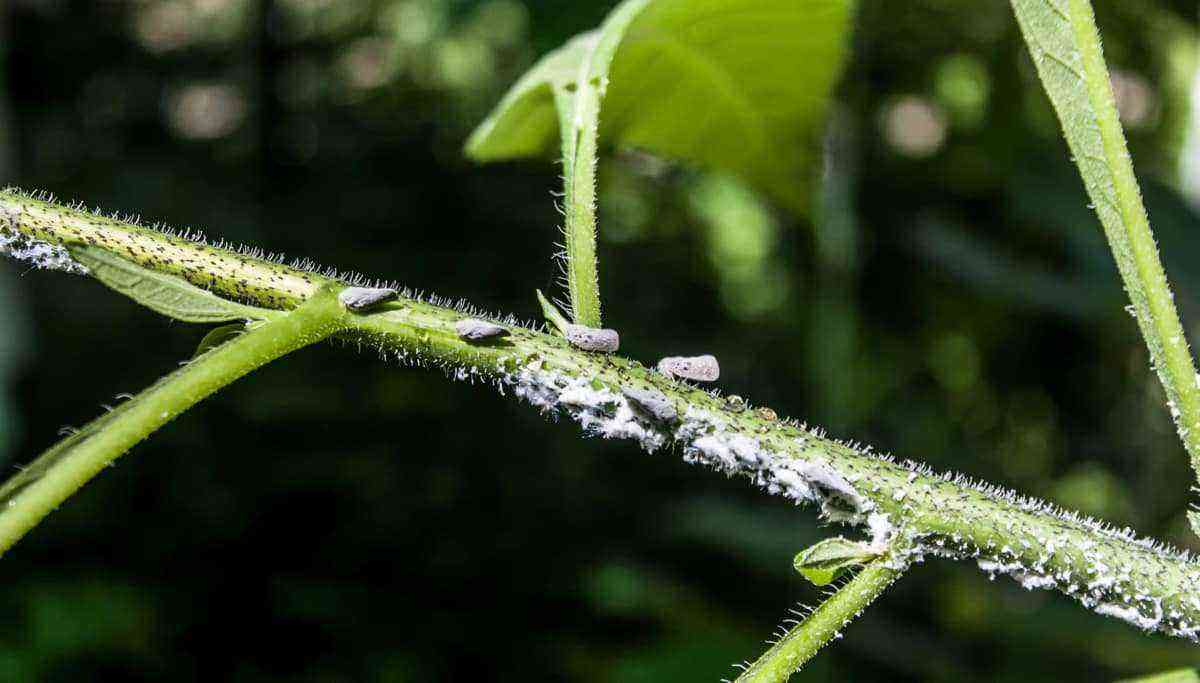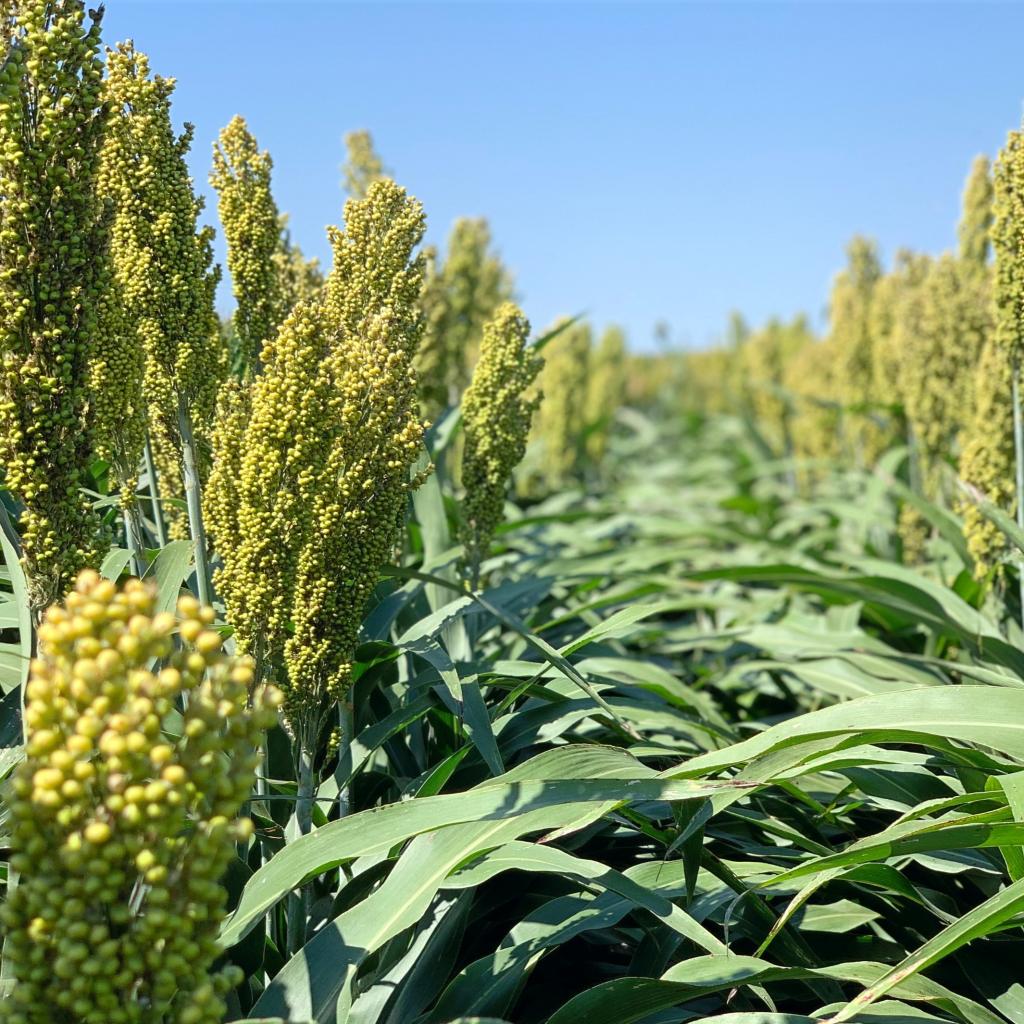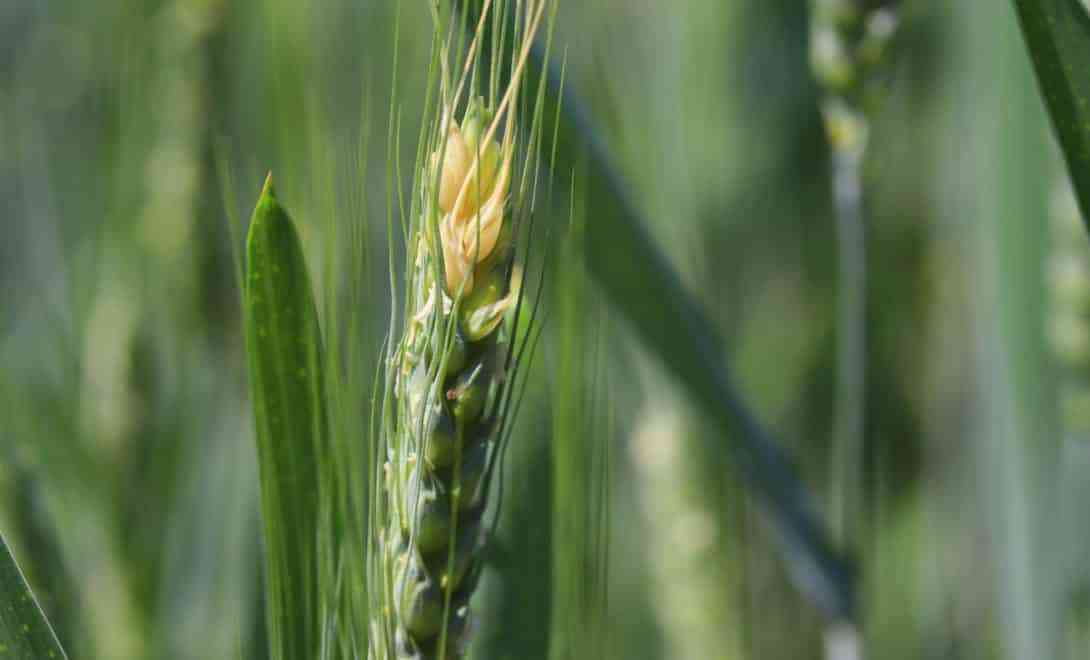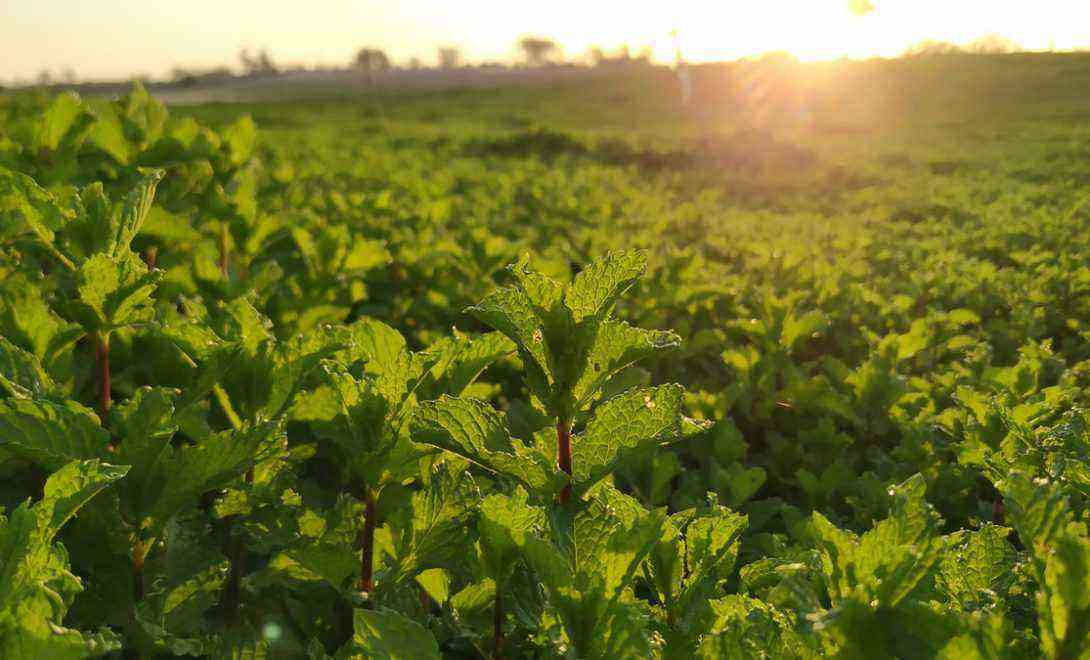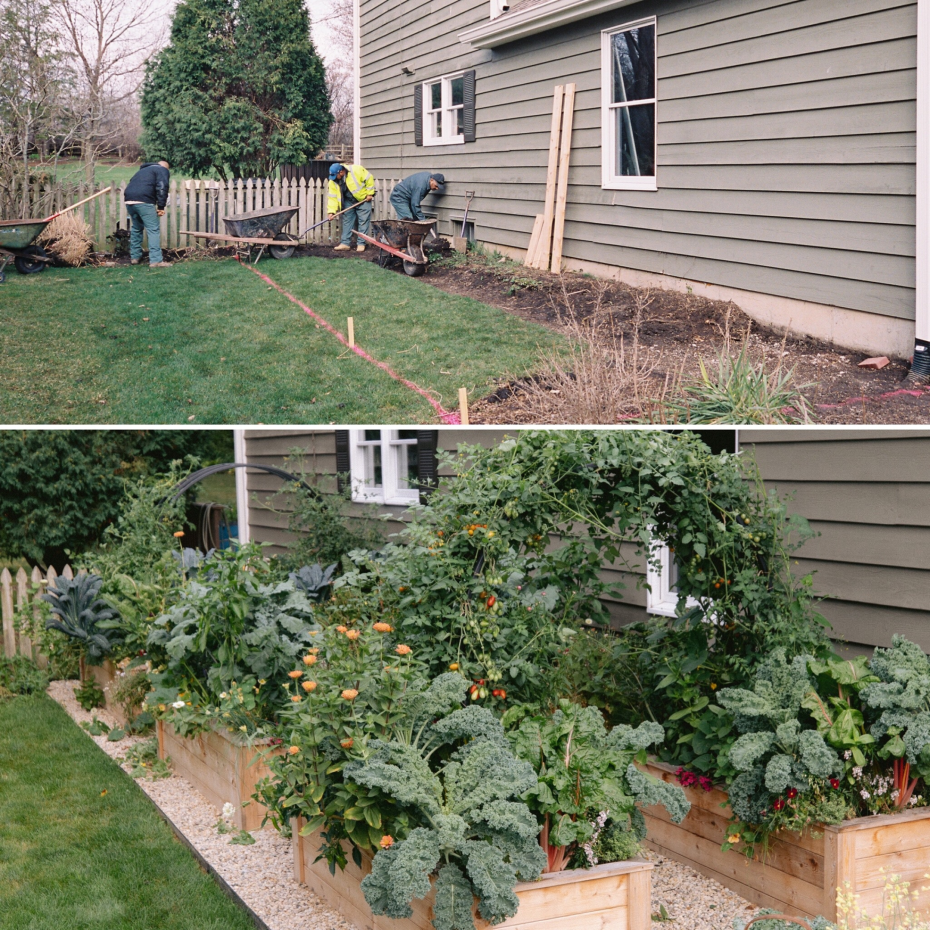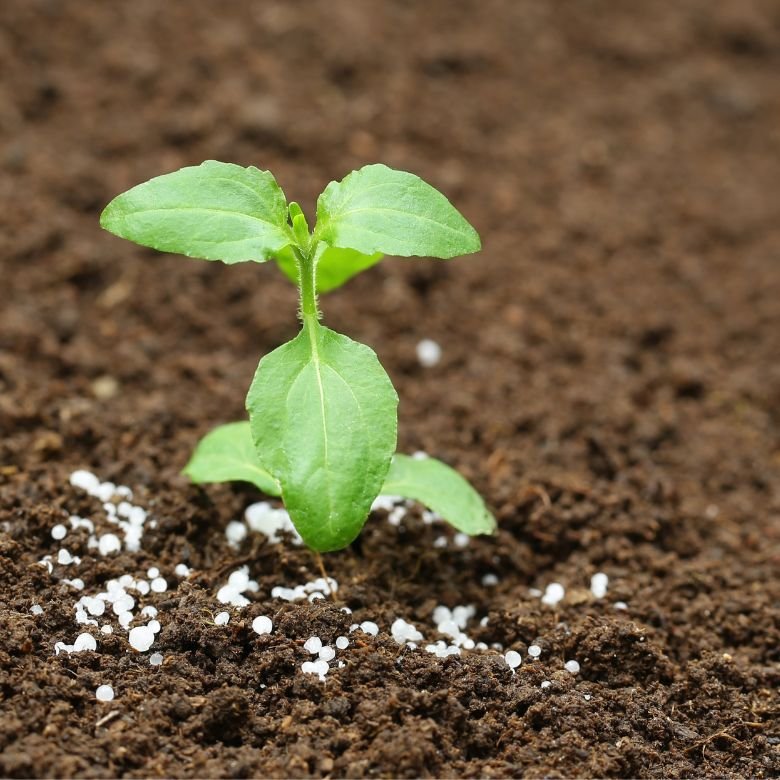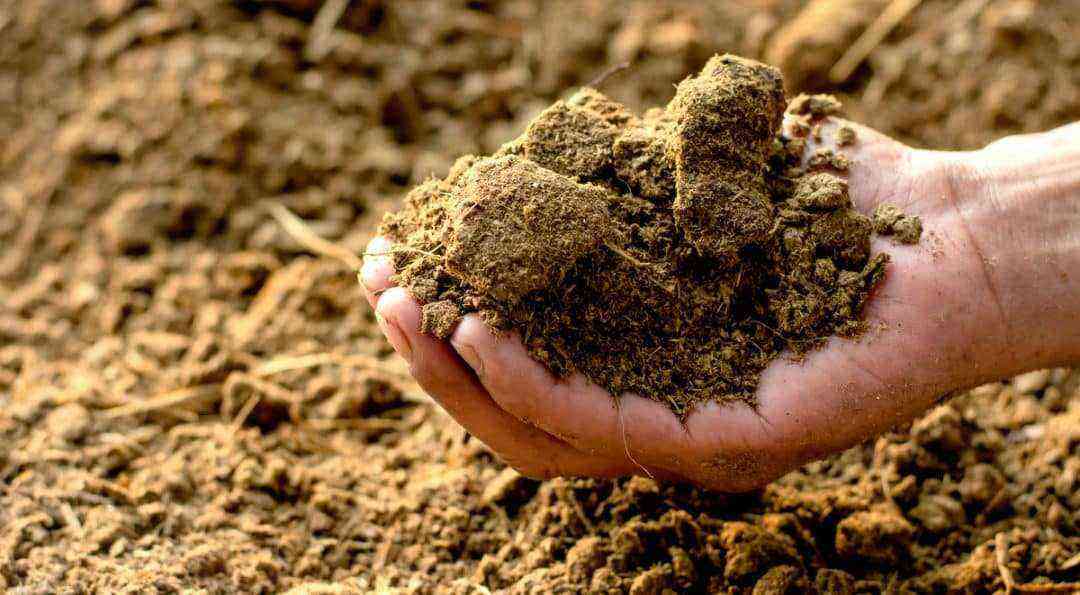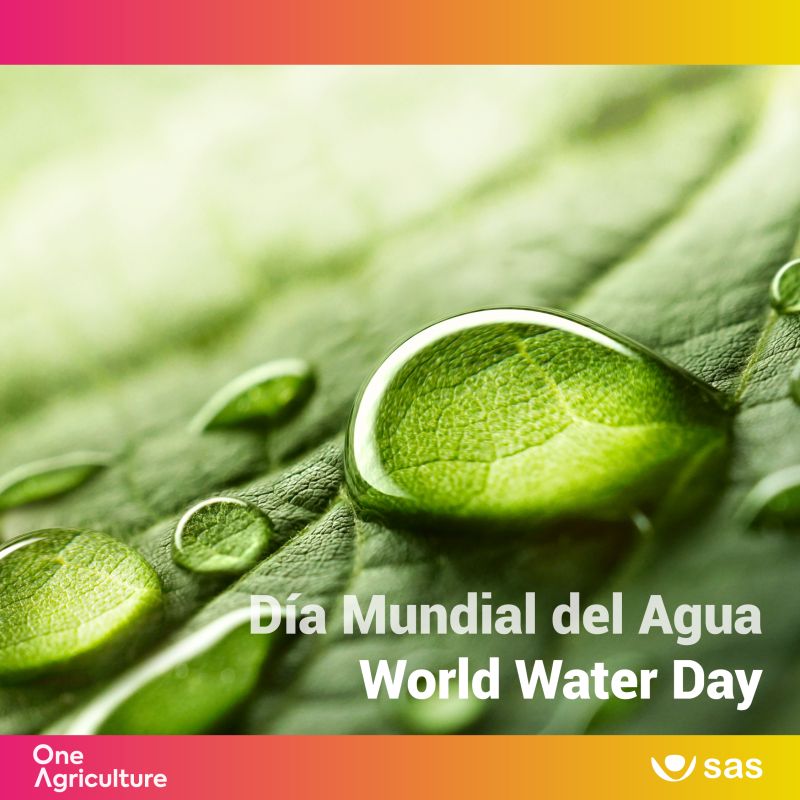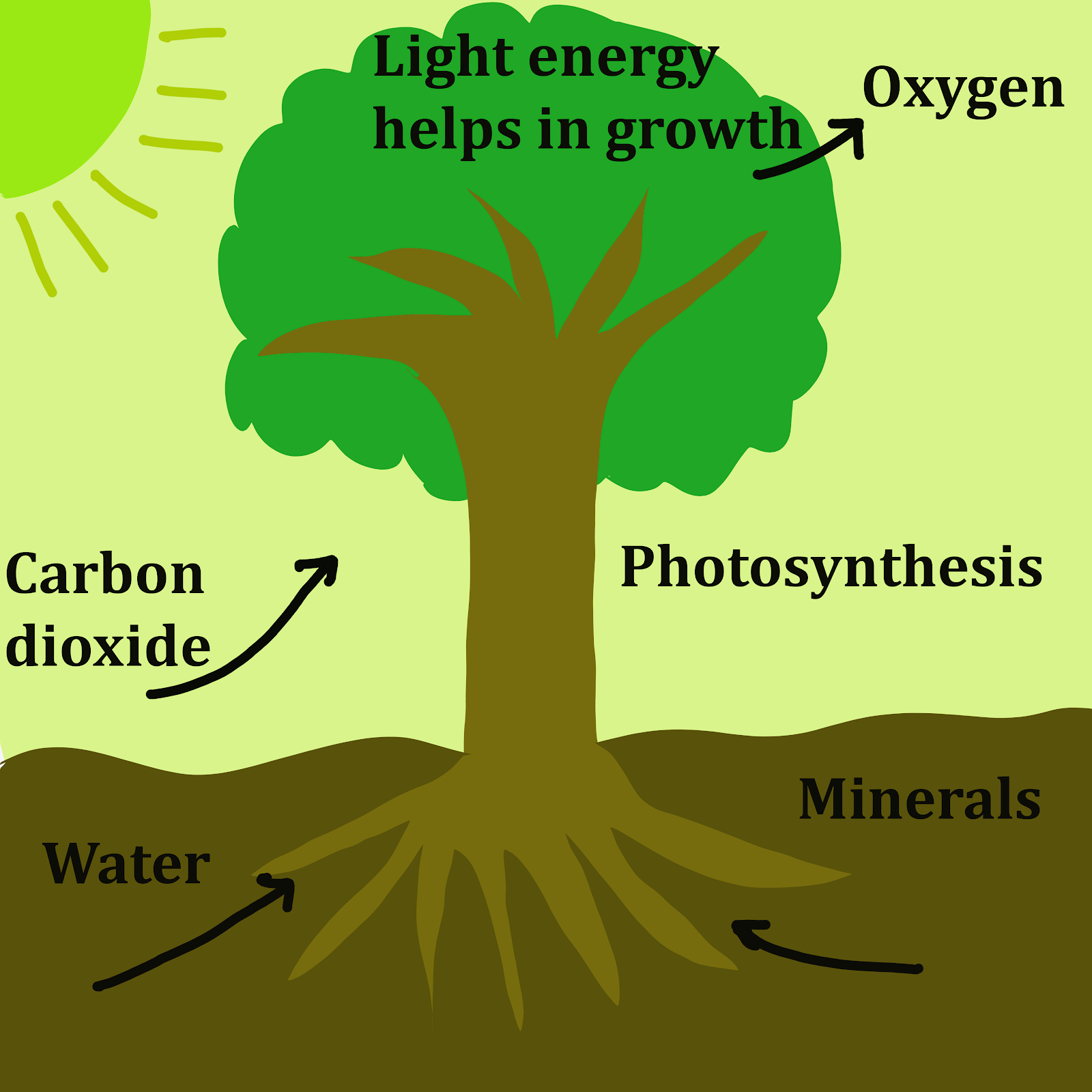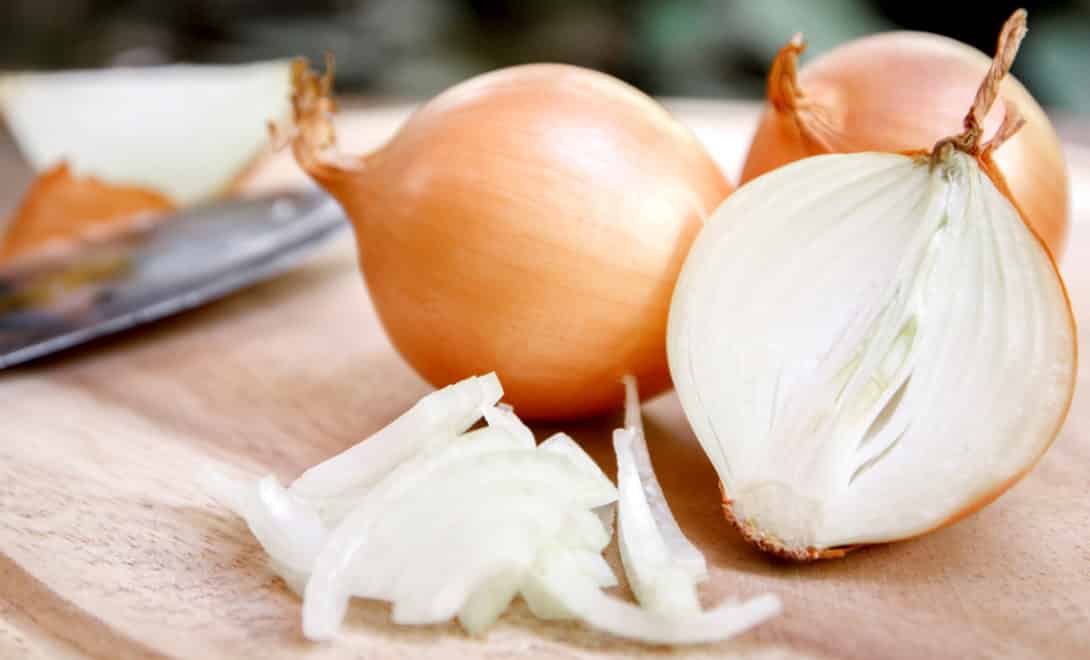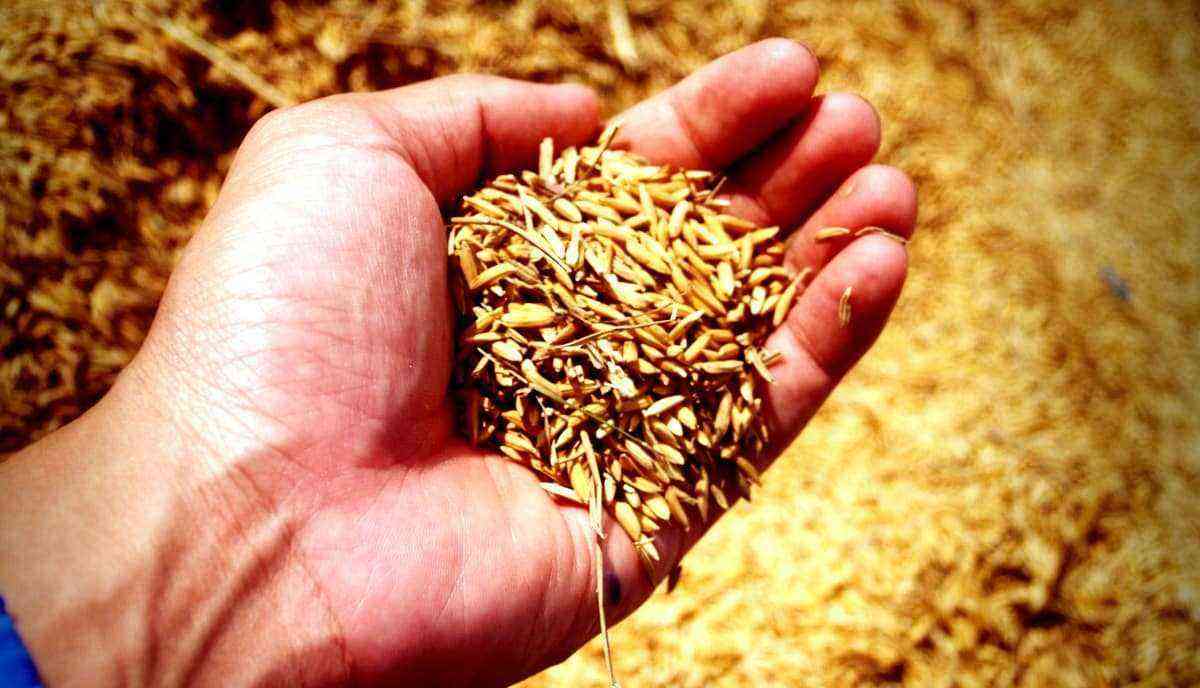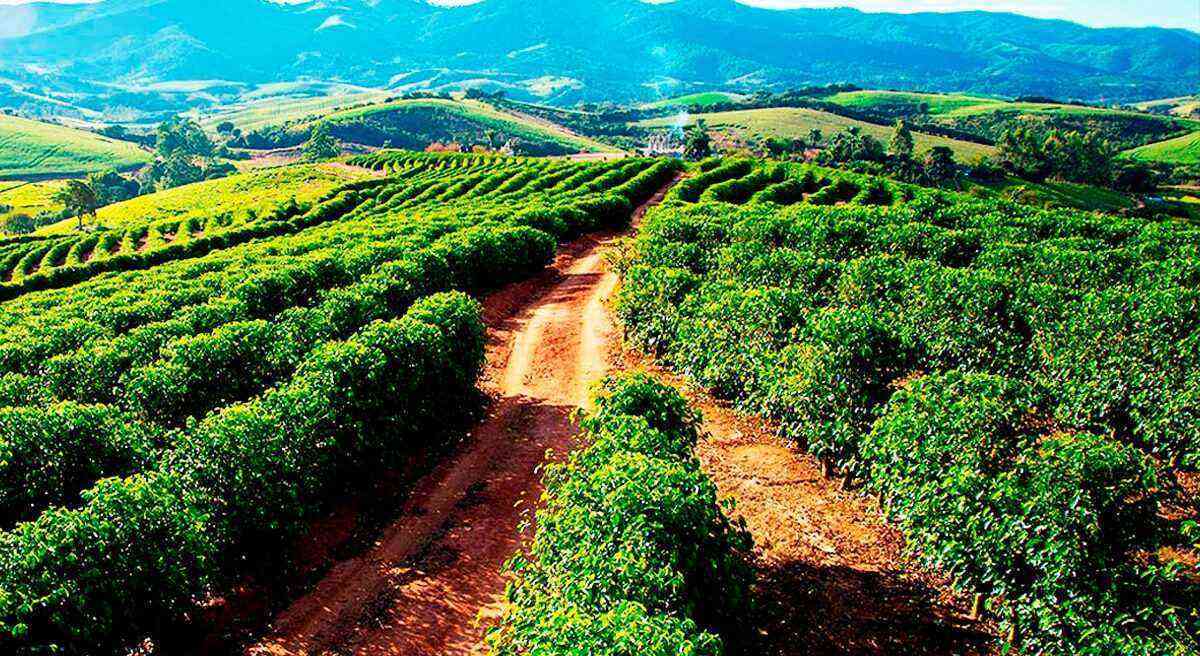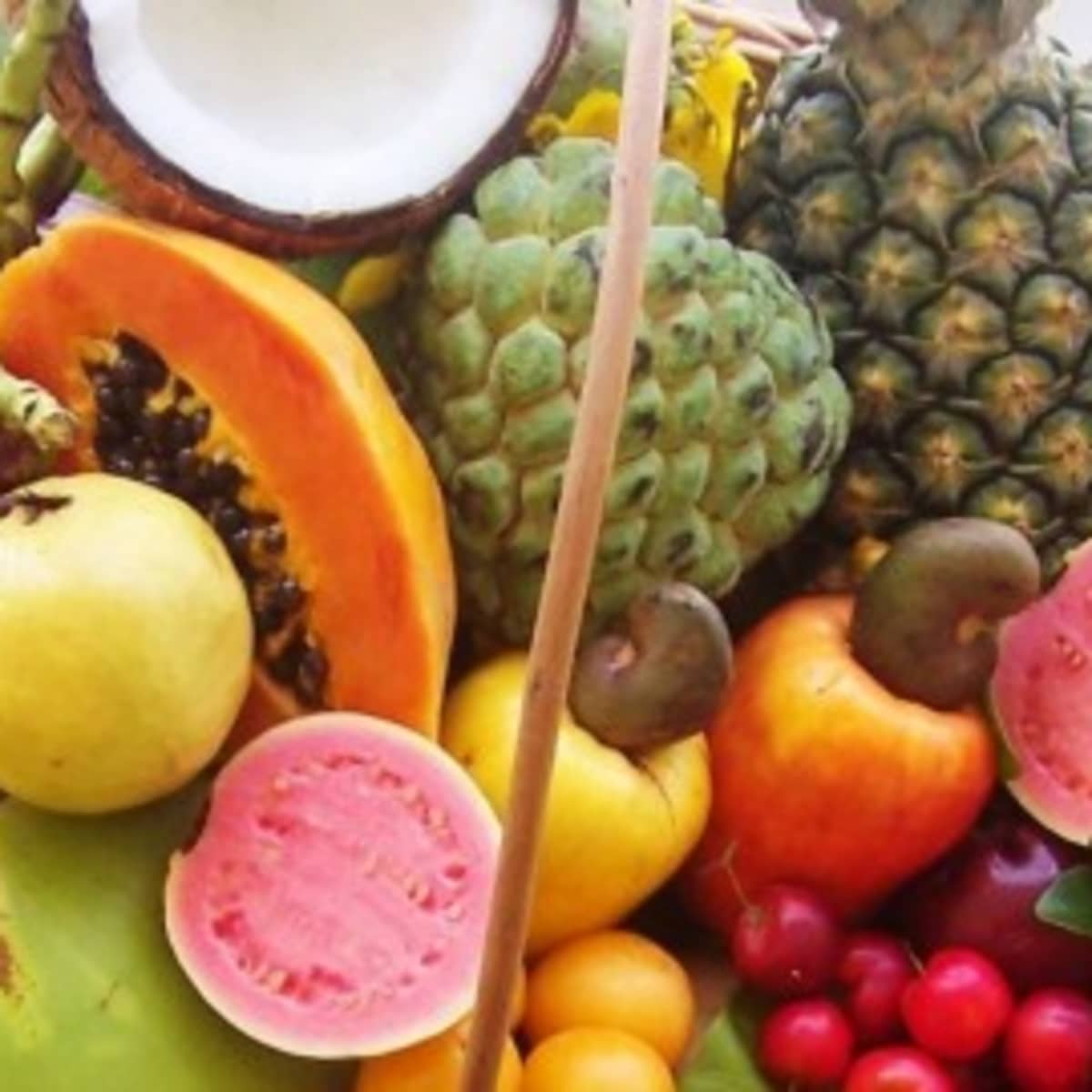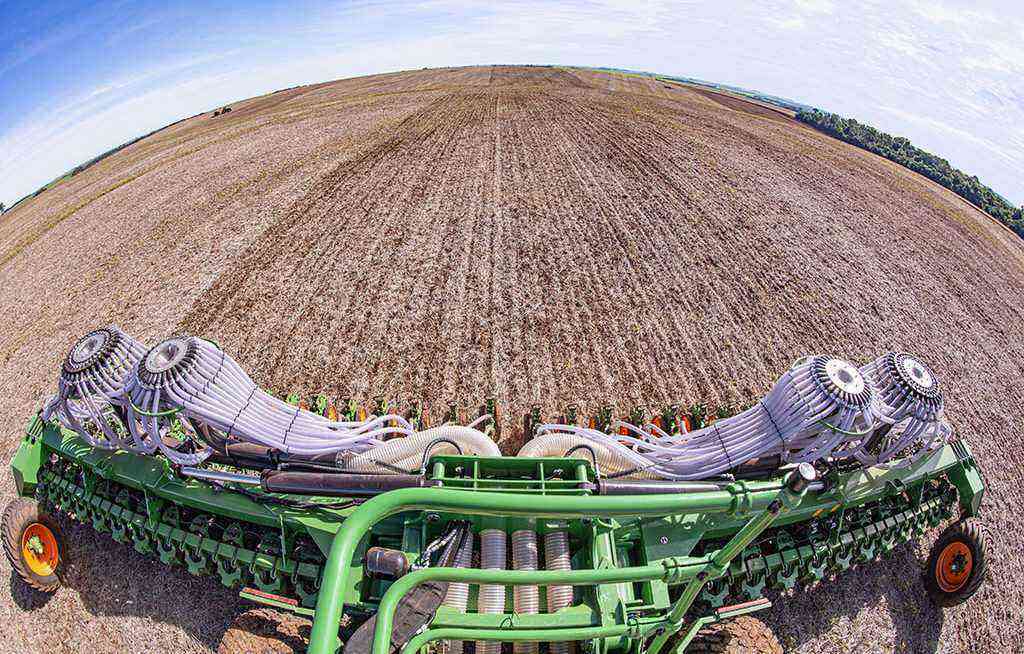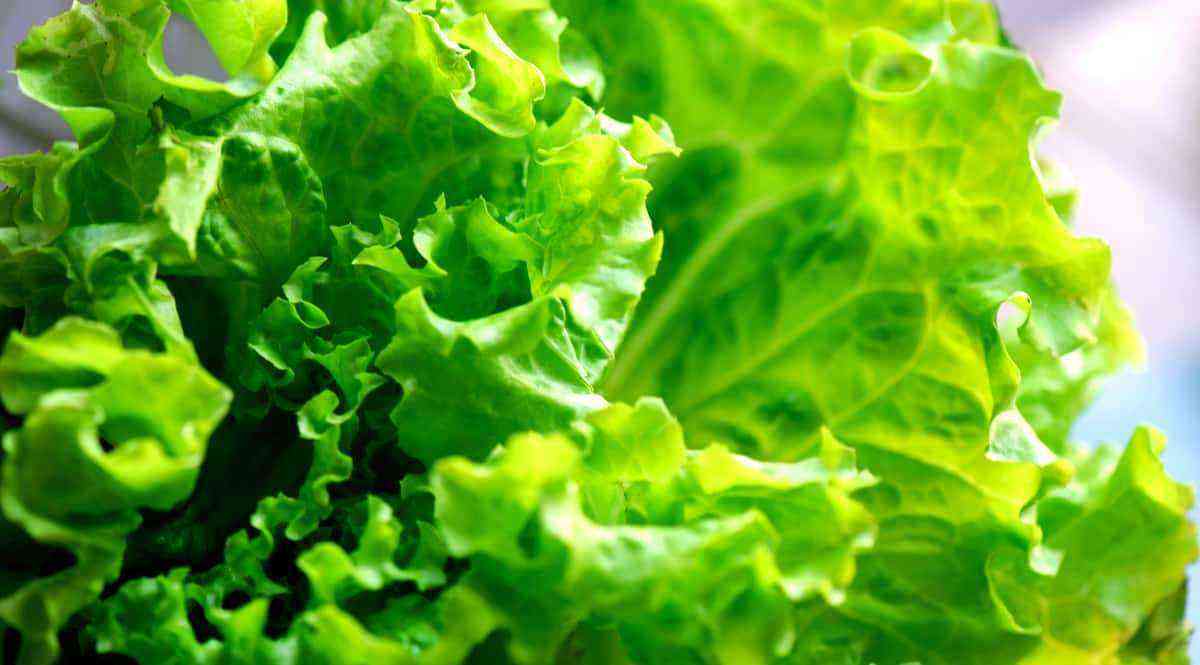There are several planting techniques for the most varied species of plants and one of them is hydroponics, which can offer several benefits. Do you know what it is and how it works?
Get to know, from this article, the hydroponics technique and discover the main information about it to stay more and more inside the planting techniques.
Also check out: how to make a hydroponic garden.
What is hydroponics?
Hydroponics is a very old planting technique that began in the early XNUMXth century. This technique consists of cultivating plant species without the use of land. For this, they stay in a system with water, inside greenhouses.
The development of plants takes place through good quality water and nutrients that are added to the water in order to make the cultivation efficient.
Therefore, it replaces the traditional way of planting and does not need fertile soils in the production of plants.
See how to use this technique
To grow plant species using the hydroponics system, initially cylindrical profiles that are positioned about 80 cm above the ground are needed.
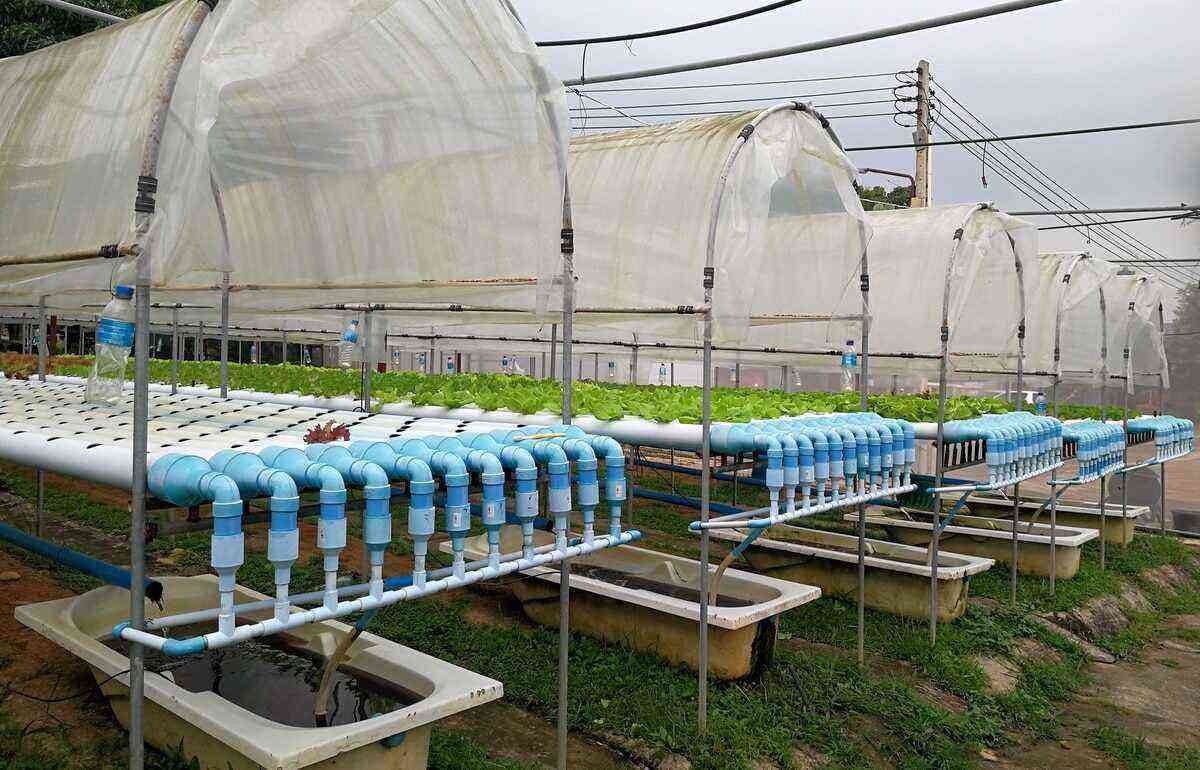
In order to be successful in hydroponics, one of the basic requirements is to have a good source of water that will circulate through the cylinders along with the nutrients.
The size and quantity of these profiles will depend on your need. Inside the profiles circulates water and nutritional components, such as:
- Potassium;
- Nitrogen;
- Phosphor;
- Magnesium.
When placing the seedlings in the cylinders, this mixture of water with nutrients must be pumped from a reservoir so that it is always circulating and offering the ideal conditions for the plants.
In addition, you should keep track of pH and nutrient levels, depending on each species you want to grow.
Know some types of plants that accept hydroponics
Several types of plants can be grown in hydroponics, in fact, the vast majority, inclusive. Most crops of this type occur with lettuce, which has very positive results in this system.
In addition, other types can be successfully grown, such as broccoli, cabbage, melon, cucumber, tomato and rice. In addition, ornamental plants and tree seedlings also achieve great development with this cultivation technique.

Strawberry cultivation in the hydroponics system is a good option for family farming and is easier to handle because it is suspended.
In Santa Catarina, for example, strawberry plants are coming out of the ground and are now being cultivated in low tunnels, through the semi-hydroponic system, on suspended benches. In this way, there is a reduction in manpower and pest and disease care.
What are the advantages of hydroponics?
The advantages of using hydroponics are many, one of the main ones being to avoid plant contamination. Because they are away from the ground, they do not come into contact with fungi, bacteria, insects and other agents that cause contamination and that are usually in the ground.
In addition, it is easier to control the environment in which the plants are growing, which facilitates healthy growth. In addition, you need less space than if you were to cultivate directly in the land.
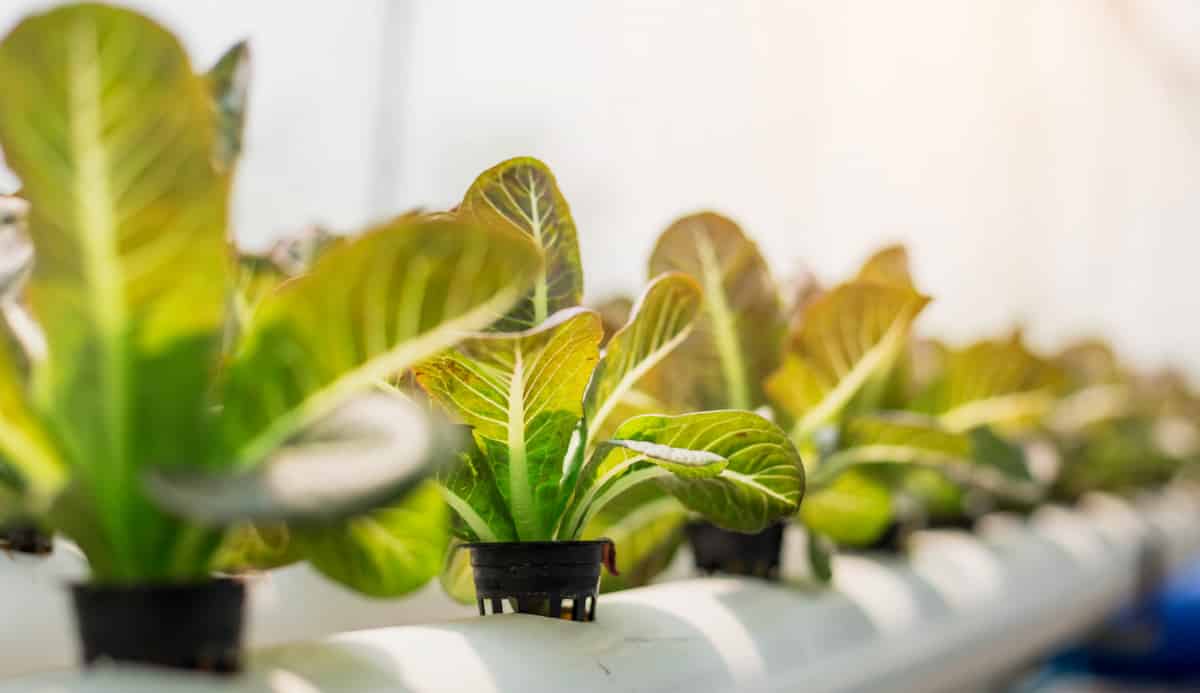
With the hydroponics system, plants have a healthier growth, being free from the risk of contamination.
Another very important issue is the form of sale, which is done in packaging, without the product having contact with contaminating agents of transport, boxes and hands.
Final considerations
As we seek to present in this article, hydroponics cultivation is of great importance and offers numerous benefits to both the producer and the consumer.
In addition, the costs of implementing this type of system are lower compared to traditional plantations.
Thus, hydroponics becomes an excellent alternative for you to obtain a much more controlled, safe and efficient cultivation of various plant species.
Want to find products and services related to the topic we covered above? Access on MF Rural.
